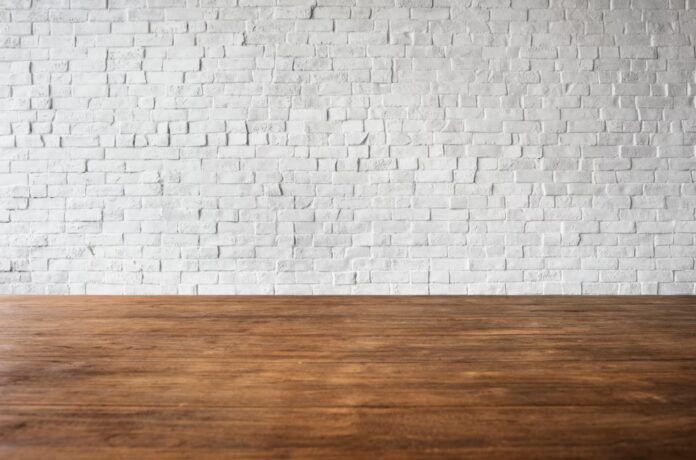Any home would benefit from hardwood floors, but they require some maintenance. Refinishing your hardwood floors can help restore their original beauty and guard against deterioration.
A refinish can also breathe new life into prefinished or engineered wood flooring that would otherwise need to be replaced. Here are a few signs that it is time to call for a refinish:
The Color Has Faded
Wood floors that are exposed to sunlight naturally fade over time. This is unavoidable, especially with darker species of hardwood. If the discoloration becomes too noticeable and blending techniques have not worked, it’s time to refinish.
The reason for this is that the damaging UV rays of sunlight, as well as visible light and infrared light, damage the finish of your hardwood. Rugs help to reduce this, but only partially. Rearranging your furniture from time to time, in addition to rugs, can even reduce sun exposure and allow your floors to last longer.
Refinishing your hardwood floors can also be a good opportunity to pick a new stain color. This can give your home a fresh new look! Also, it’s best to refinish your floors in the summer when humidity is lower.
The Floor Feels Sticky
Hardwood floors are beautiful, but even the most durable will eventually show signs of age and wear. Whether it is due to children running around with toys or pets playing on them, they can get scratched and dented, which is sometimes good.
However, if the scratches go through the stain and into the wood, it indicates that it is time to refinish your hardwood flooring. Scratches that penetrate the seal on your hardwood will leave it vulnerable to water damage.
The color of your hardwood can change over time, and a faded floor may give off a washed-out look. This is usually a result of sun exposure and can be fixed by restaining your floors. A gray color, on the other hand, is a sign of serious water damage that hardwood refinishing Denver won’t fix.
There Are Scratches
Hardwood floors are a beautiful addition to any home and can add tremendous value to your property. However, they require maintenance to look their best and protect your investment. Scratches are a natural side effect of heavy traffic, but they can lead to more serious damage if the scratch penetrates the wood itself. A good rule of thumb is that if a scratch appears in the stain, it is okay to reapply it; if it’s in the actual wood, it’s time for a refinish.
Refinishing is typically a dusty, time-consuming process that involves sanding to bare wood. It generally is best left to professionals experienced in refinishing hardwood floors. They can help ensure the job is done correctly and lasts for years.
Water Damage
Wood flooring isn’t water resistant and will suffer permanent damage from prolonged exposure. You can avoid replacement depending on the type of water and how fast you get it up.
The most dangerous water is black, from overflowing toilets and sewers. This type of water has contaminants that decrease your chances of being able to salvage your hardwood floors.
If your hardwoods are flooded, remove any rugs and furniture from the affected area so they can dry faster. You’ll also want to vacuum the floor to eliminate excess moisture that can lead to mold growth and mildew. You can save your floors if you get the water up quickly and your hardwoods sanded and refinished.
Sun Damage
While natural light complements wood floors beautifully and can make a room feel brighter, prolonged sunlight does not work well for the hardwood. Because wood is photosensitive, excessive sun exposure can cause fading or bleaching of the hardwood.
This depends on the wood species; some may darken while others lighten. A great way to prevent this is by closing curtains or blinds during the hottest parts of the day and installing window films that block UV rays.
Regularly rearranging furniture and evenly placing rugs can also help reduce sun damage. However, if the hardwood already shows signs of fading or discoloration, it is time to sand and refinish it. This will give the floor a fresh new look.


